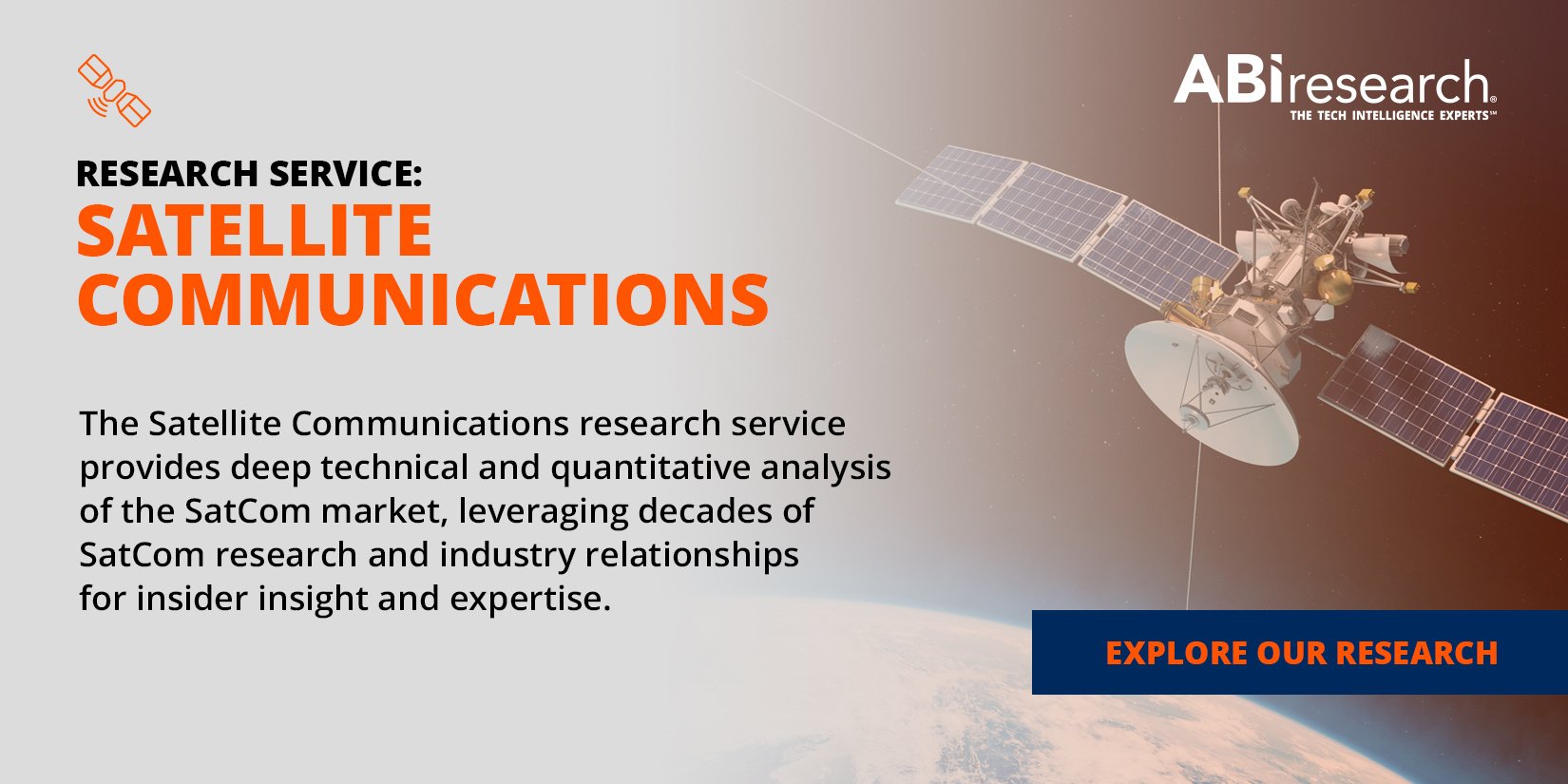On September 19, 2023, AST SpaceMobile announced a historic milestone: the successful completion of the first-ever 5G connection for both voice and data transmission between an ordinary, unmodified smartphone and a space satellite. The company's engineers showcased this space-based 5G connectivity by initiating a call from Maui, Hawaii, United States, to a Vodafone engineer situated in Madrid, Spain. This remarkable feat was accomplished using AT&T's Band 5/850 Megahertz (MHz) spectrum and AST SpaceMobile's BlueWalker 3 (BW3) test satellite—the largest-ever commercial communications array deployed in Low Earth Orbit (LEO).
The 5G call was initiated on September 8, 2023, from an unmodified Samsung Galaxy S22 smartphone positioned near Hana, Hawaii, in a wireless dead zone. AST SpaceMobile collaborated with its partners Vodafone, AT&T, and Nokia to conduct comprehensive 5G connectivity testing. In a separate test, the company also mentioned that it had surpassed its previous record for space-based cellular broadband data sessions by achieving an impressive download rate of approximately 14 Megabits per Second (Mbps). (Refer to ABI Insight, “AST SpaceMobile: The First Space-Based 5G Cellular Broadband Connectivity for Consumer Smartphones, More to Come from SatCom?”)
How Significant Is This Showcase of 5G Satellite Service?
The development of Satellite Communications (SatCom) technology in the past year has demonstrated impressive progress. It has transitioned from its early stage of one-way, text-based applications primarily for niche emergency satellite services to more advanced functionalities like:
- Two-way messaging
- Two-way voice calls on unmodified smartphones
- Satellite calling
- 4G/Long-Term Evolution (LTE) capabilities
- Integrated 5G spectrum connectivity
With a view to the future, there are expectations that SatCom technology will continue to evolve to 5G and offer a wide range of additional functionalities. Expected future use cases include web browsing, file downloads, access to messaging apps, location-based services, and even the potential for more data-intensive video streaming through satellite connectivity.
You may also enjoy reading the Insight 12 Pros and Cons of Starlink and How Operators Are Affected by LEO Satellite Internet Coverage.
What Is the Purpose of 5G Satellite Service?
5G satellite services can address specific needs in the telecommunications landscape, including the following:
- Bridging cellular coverage gaps in traditional terrestrial cellular networks
- Enhancing emergency response and disaster management
- Providing connectivity coverage in the aviation and maritime industries
- Supporting Internet of Things (IoT) and Machine-to-Machine (M2M) connectivity
- Facilitating connected car/vehicle applications
- Providing global coverage for global travelers
- Enabling personal emergency response for a lost hiker, broken-down vehicles, etc.
You May Also Like: Exploring Commercial & Defense Applications for Satellite Imagery
Can Satellite Service Eliminate Cell Phone “Dead Zones”?
Satellite-based 5G services can help improve cellular coverage and reduce some “dead zones” in areas where traditional cellular infrastructure may not be economically viable or physically present. While SatCom services can be a valuable solution for remote and rural connectivity, they may not completely eliminate/end “dead zones,” especially in extremely challenging, harsh environmental settings or in canyons—both rural and urban (i.e., overshadowed by a large building or object).
The overall effectiveness of SatCom services in “ending” dead zones will depend on the ongoing technological advancements in SatCom, the deployment of satellite infrastructure, the costs of SatCom services, the coverage service provided by SatCom operators, etc.
Have Major Carriers Made Investments in Cell Phone Satellite Technology?
T-Mobile, a U.S.-based Mobile Network Operator (MNO), for instance, has partnered with satellite operator SpaceX, operator of Starlink, to provide satellite-to-mobile connectivity services. Additionally, satellite operators AST SpaceMobile and Lynk have established strategic alliances with MNOs such as Vodafone, Rakuten Mobile, AT&T, Bell Canada, MTN Group, Orange, Zain KSA, Saudi Telecom Company (stc), and Telefónica. The number of collaborations is increasing, and we expect it to grow exponentially.
If Satellite-Based 5G Services Become Prevalent, Who Will Be the Winners and Losers?
As the space-based 5G services market proliferates, here are the winners and losers of such a development.
Winners: People living in remote and rural areas with limited or no access to traditional cellular networks, emergency services, maritime and aviation industries, IoT and M2M applications, global travelers, and normal consumers as well.
Losers: Traditional cellular providers may face increased competition in areas where terrestrial 5G services are intermittent or unreliable. Regarding broadband access for residential/premises, in some cases, SatCom Internet services might be able to possibly compete with terrestrial broadband providers, particularly in underserved or unserved regions such as rural Australia and the archipelagos of Indonesia and the Philippines, where fiber infrastructure may be prohibitively expensive.
This content is part of ABI Research's Satellite Communications Research Service.

